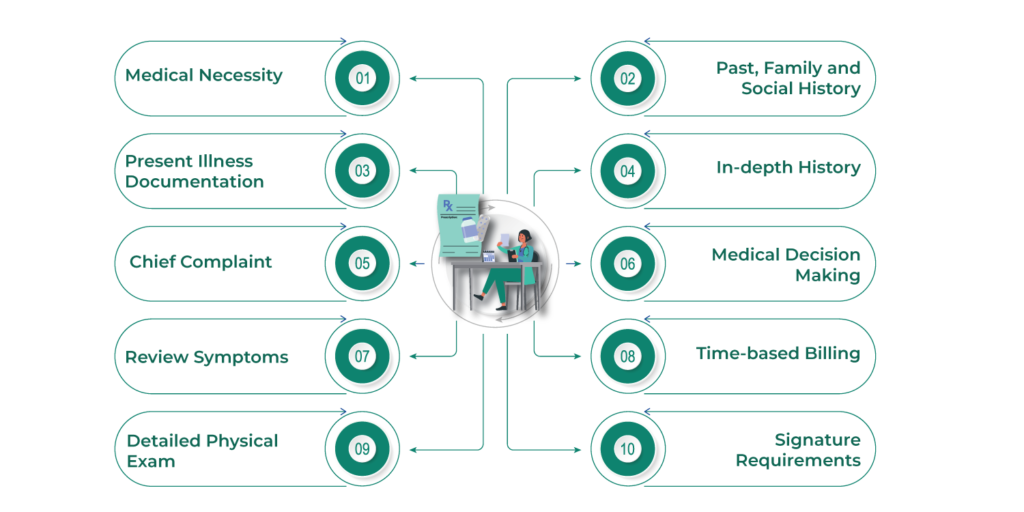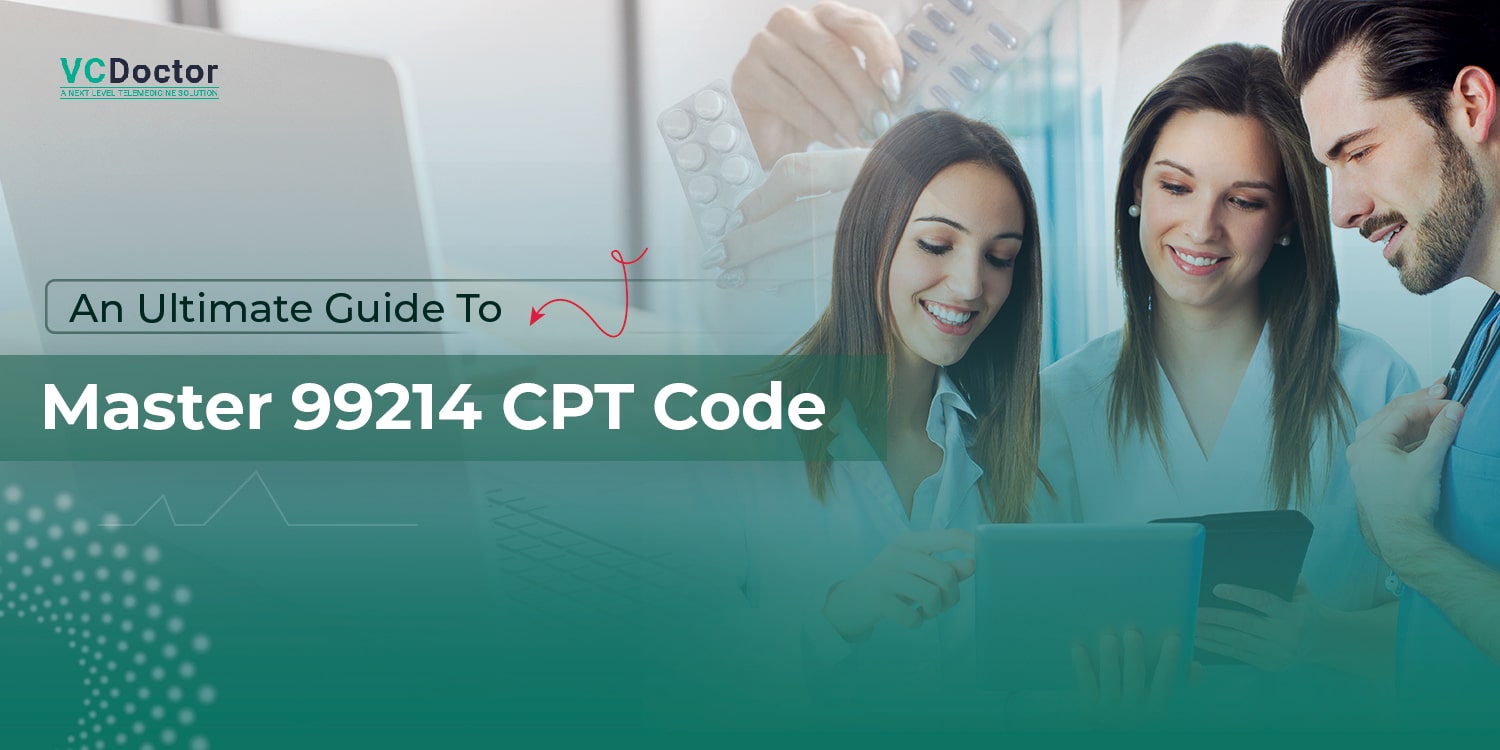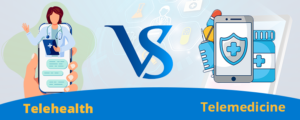Ultimate Guide To Master 99214 CPT Code in 2025
With the advancements in healthcare billing practices, understanding the nuances of CPT codes is vital for doctors to provide accurate documentation and reimbursement. One code that is frequently used in the healthcare and medical industry is the Master 99214 CPT code, which represents an important identifier for evaluation and management services.
Despite its widespread use, CPT Code 99214 might be complicated because of its specific requirements and subtle application details. If you are eager to learn about the Master CPT Code in detail, we have got you covered. In this article, we will explain its significance. We will also discuss the usage of the billing 99214 CPT code. So, without any further ado, here we go!
Table of Contents
- An Introduction to the Master 99214 CPT Code
- Importance of the Master 99214 CPT Code in Medical Billing
- Documentation Requirements for a 99214 Visit
- Billing and Reimbursement
- How to Use Billing Code 99214 Correctly?
- Recent Updates for 2025
- Determining Eligibility for 99214: Recognizing Suitable Appointments
- Common Mistakes & Challenges in Reporting Code 99214
- Wrapping Up
- Frequently Asked Questions
An Introduction to the Master 99214 CPT Code
The master 99214 CPT code is a significant identifier in medical billing, especially for management and evaluation services. 99214 CPT code description is generally assigned to office visits, presenting the complexity level and overall intensity that a patient experiences. It means in-depth assessments that call for a complete medical history, a careful examination, and complex medical decision-making.
This code, which specialists and primary care doctors frequently use, represents the complexity of the medical evaluation performed during the visit and the intricate patient contacts. Medical billing practices must comprehend the subtleties of the 99214 CPT code to ensure proper compensation and documentation.
Importance of the Master 99214 CPT Code in Medical Billing
Here are significant reasons why CPT 99214 is essential in HIPAA-compliant telehealth platforms:
1. Correct Representation
99214 CPT Code offers an accurate idea of the duration and complexity of establishing patient encounters. This promotes accurate and fair reimbursement for healthcare via telehealth platforms.
2. Standardized Billing
Standard codes such as 99214 CPT Code lower risk factors and streamline the billing process. Further, it promotes healthcare practice consistency.
3. Reimbursement Determination
Telemedicine app providers can obtain the right payment from payers, including Medicare and commercial insurance, by correctly utilizing code 99214.
Documentation Requirements for a 99214 Visit
| Documentation component | Description |
| History | Moderately difficult medical decision-making is necessary. This entails a strategy and assessment, as well as the evaluation of several diagnoses, telemedicine weight loss prescriptions, or treatment alternatives. |
| Examination | An in-depth examination should be performed to document a minimum of six body areas and organs. |
| Medical decision making | Moderately difficult medical decision-making is necessary. This entails a strategy and assessment and the evaluation of several diagnoses, telemedicine weight loss prescriptions, or treatment alternatives. |
Billing and Reimbursement
How to Bill For 99214?
When you want to bill for 99214 via telehealth software, you must catch the administrations given and ensure that all the required documents utilize this code. Adhering to payer-specific rules is fundamental to avoiding claim denials.
Reimbursement Rates
The reimbursement rates for 99214 codes can vary depending on the payer and geographical location. It generally offers higher repaint because it has expanded intimacy compared with lower-level codes like 99213.
Struggling with 99214 Claims? Fix Them with Automation
Reduce errors, streamline claims, and boost revenue with AI-powered medical billing.
Get a Live DemoHow to Use Billing Code 99214 Correctly?
Here are the key guidelines for accurate usage of billing code 99214:

1. Medical Necessity
Procedure code 99214 is used on telehealth apps only when it is necessary to provide healthcare services that meet the specific patient’s requirements. This means there should be a clear reason for the visit, and the care provided should directly address and benefit the patient’s health requirements.
2. Present Illness Documentation
One of the most important things is to record the current condition. You must compile a timeline detailing the evolution of the patient’s current medical condition. The first symptom or indication, or the earlier interaction that led to the current visit, should be the starting point for this documentation.
Provide information about the location, kind, intensity, timing (onset and duration), context of the symptoms, variables modifying the symptoms, and any accompanying signs and symptoms. The aim is to provide a thorough picture of the patient’s state.
3. Chief Complaint
A chief complaint is the patient’s statement highlighting the reason for any medical problem or encounter. It can be anything from a problem, condition, symptoms, diagnosis, or a physician-recommended return visit. Accurate chief complaints are important for excellent evaluation and management of the condition.
4. Review Symptoms
A methodical evaluation of all body systems is conducted by telemedicine software to understand your health fully. Inquire about any symptoms that the patient may have experienced. Record findings like:
- Eyes and Ears
- Nose and Mouth
- Cardiovascular and Respiratory
- Gastrointestinal and Genitourinary
- Musculoskeletal and Integumentary
- Neurologic
5. Detailed Physical Exam
An in-depth physical examination of your body is an essential component, which includes closely examining your organs and affected regions in your body. You must also examine different body symptoms and document these findings in the chest, head, abdomen, neck, genitalia, buttocks, groin, and back.
6. Past, Family and Social History
A thorough examination of the patient’s medical history is the PFSH. It consists of:
- History: The medical history of the patient, including past ailments, surgeries, wounds, and therapies.
- Family history: An examination of medical incidents in the patient’s lineage, encompassing illnesses that could be inherited or carry potential risks.
- Social history: An age-appropriate assessment of previous and ongoing activities that sheds light on lifestyle choices that could impact the patient’s health.
7. In-depth History
A detailed history must include a history of past and present illnesses, the chief complaint, pertinent past family/social history, and an extended review system directly related to the patient’s ongoing healthcare issues via wearable technology in healthcare.
8. Medical Decision Making
When choosing the right E/M code, medical decision-making or MDM is a key factor to consider. For the 99214 CPT Code, a level of “HIGH complexity” MDM is necessary. It includes meeting a minimum of the following two criteria:
- There are many alternatives for diagnosis and therapy management.
- A substantial quantity of information is to be examined.
- There is a high risk of death or morbidity from complications. Consider the “MODERATE complexity” MDM level, which entails a moderate risk of complications or morbidity, and a moderate data review if the “HIGH complexity” 99214 requirements are not satisfied.
9. Time-based Billing
Time will tell if counselling or care coordination takes up more than 50% of the in-person time with the patient. In the patient’s medical file, note the amount of time and the counselling type provided.
10. Signature Requirements
Ensuring that all rendered or ordered services to Medicare beneficiaries are signed appropriately is vital. These signatures can be both electronic or handwritten. Certain documents require stamped signatures.
Your Name. Your Platform. Your Revenue Growth
Launch a fully branded telehealth & billing software with AI-driven automation and seamless integration.
See How It WorksRecent Updates for 2025
In 2025, there are several updates we’ve come across regarding the use of the 99214 CPT Code:
1. Telehealth Services
Now, the use of the 99214 CPT code for telehealth visits has expanded. It ensures that you are a family with the requirement for documenting and billing. By hiring telemedicine software providers, professionals can offer telehealth services efficiently.
2. E/M Guidelines
The E/M Guidelines show the importance of medical decision-making, and 99214 time is one of the key factors for code selection. So, reviewing these guidelines is necessary to comply with the coding.
3. Prolonged Services
The report of prolonged services is now updated on a telemedicine platform. You need to familiarize yourself with the new guidelines that are used for documenting and billing prolonged services with the 99214 CPT code.
Determining Eligibility for 99214: Recognizing Suitable Appointments
Identifying the eligible visits for a 99214 is a valuable skill. Because identifying the suitable appointments for medical code 99214 required extensive decision-making by reviewing complex medical records, managing moderate to severe several conditions qualifies for this CPT code.
Common Mistakes & Challenges in Reporting Code 99214
When it comes to coding, you may experience pros and cons of telemedicine. Some common challenges or mistakes include:
1. Under Coding
Despite its great importance, most healthcare professionals tend to under code, which results in losses. The primary reasons behind this are the chances of abuse or fraud and incomplete documents.
2. Coding Complexity
E/M guidelines are not easy to understand. As a result, every time you try to report code 99214 accurately, it may lead to challenges and mistakes.
3. CPT Coding Changes
Ensuring compliance might be challenging between telehealth vs telemedicine if you don’t stay current with the CPT coding system, which is updated frequently.
Looking for a reliable telemedicine app solution?
Connect with industry-leading developers in the USA.
Get a free consultation today ↗Wrapping Up
Understanding CPT Code 99214 is essential for optimal patient care and accurate billing. It defines the level of service provided and helps optimize reimbursements. By following guidelines and understanding key components, physicians can enhance coding accuracy and maximize reimbursements for office visits.
The Master 99214 CPT code plays a significant role in reimbursement optimization. We hope this article helped you understand the Master 99214 CPT Code in 2025. We discussed the usage of Billing Code 99214 and more in detail. To know more about the 99214 CPT Code, contact experts at VCDoctor, a telemedicine app development company.
Frequently Asked Questions
1. What is the role of medical billing services in ensuring the correct use of CPT codes?
White Label Telemedicine Medical billing services play a significant role in correctly using the CPT code. These include:
- Expertise in medical coding and CPT codes
- Reviewing documentation
- Compliance and regulations
- Coding accuracy
- Revenue maximization
2. How is CPT code 99214 different from 99213?
For quick (15–29 minute) visits with established patients on a virtual doctor app that involve a minimal history, examination, and simple decision-making, use CPT code 99213. A thorough consultation with a thorough history, physical examination, and somewhat complex medical decision-making (30–39 minutes) is denoted by code 99214.
3. What level of care does the 99214 carry?
Code 99214 depicts level-4 care.
4. How to calculate RVU for 99214?
Here is the step-by-step process to calculate RVU for 99214:
- Determine all components, including malpractice, physician work, and practice expense
- Check the updated conversion factor
- Calculate total RVU
- Apply the conversion factor
5. What are some common challenges in documentation and coding?
Some major challenges include:
- Complex and vague coding rules
- Penalties for non-compliance
- Potential for downloading
- Relying on memorization and gut instinct




